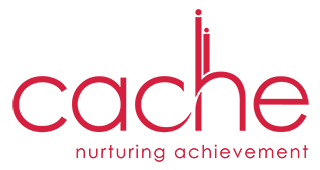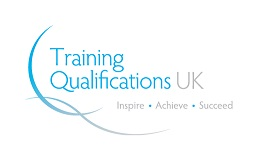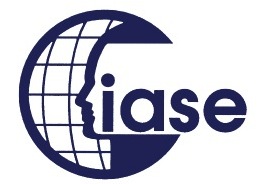Knowledge on Dyslexia Transforms Teachers into Caring Educators
4th January 2018

Dyslexia is a brain neurological disorder that affects one's reading, spelling, writing and as well as speaking capability and is hence also known as a learning disorder. This causes them to confuse letters, words and spell and pronounce them wrong.
Special needs education teachers are guided on ways to help children with a learning difficulty. Teachers with a proper knowledge of the disability with a dyslexia training in India are in a favourable position to provide the much-needed assistance and support to the children suffering from the disorder. They need love, care and support from their parents, caregivers and most importantly from teachers at school.
Through the dyslexia training certification in India, the educators are trained with the strategies and the approaches needed to support the affected individuals and help them overcome their challenges and discover their strengths and potentials.
An understanding of the child’s specific difficulties and how that may affect the student’s classroom performance can enable the teacher to adapt teaching methods and strategies to help the dyslexic child to be successfully integrated into the classroom environment.
Children with dyslexia have strengths varying from oral skills, comprehension, good visual spatial awareness and artistic abilities. These strengths and skills can be enhanced with emphasis given on their talents as caring educators can work on their specific areas of strengths from an early age.
Teachers dealing with dyslexic children need to be flexible in their approach, working on methodologies suitable for each individual student. Teachers skilled in teaching these special children through the dyslexia training program in India do not measure their abilities purely on the basis of their difficulties in acquiring literacy skills but work on honing their other senses and skills.
5 ways how the knowledge about dyslexic transforms teachers into caring educators:
- Enables teachers to understand the many facets of the dyslexic mind
- Enables teachers to understand the methods that need to be implemented to improve learning
- Enables teachers to be aware of the other areas affected by dyslexia
- Enables teachers to better understand and nurture the inherent strengths of the dyslexic mind
- As a special need educator, you are able to embrace the strengths associated with dyslexia
A look at 10 classroom accommodations that teachers as special educators can implement for dyslexia students:
- Provide extra time for all assignments and a quiet place to work and test if needed.
- Reduce the number of words on a spelling list.
- Provide various ways for a student to demonstrate their understanding (oral testing, video projects, etc).
- Do not ask the student to read aloud in class.
- Break assignments into smaller tasks.
- Reduce clutter or unnecessary objects on worksheets and homework.
- Provide, in advance, an outline of class lectures, a copy of class notes, organizers, and/or study guides.
- Avoid penalizing a student for spelling or provide a separate grade for content and one for spelling.
- Use oral directions or simplified written directions.
- Reduce paper and pencil tasks.








